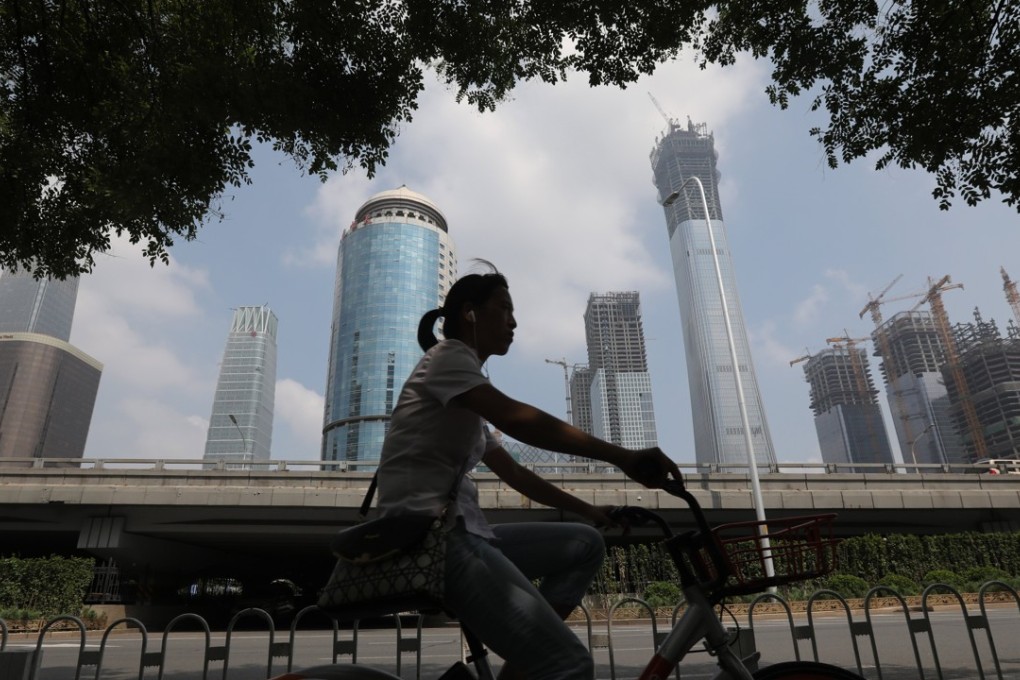China’s local bad-asset managers drift from policy mandate

China’s local bad-asset management companies are following the “big four” national bad banks in diversifying away from their policy mandate but, facing stiff competition, many have to rely on some shadow banking activities.
Local bad-debt managers proliferated in China after the banking regulator last October eased rules on the sector and allowed a second asset management company, known as an AMC, in each province to help unload non-performing assets. They are also allowed to transfer the bad assets en bloc to other buyers, in contrast to previous rules that a single AMC for each province took on the debts and disposed of them throughrestructuring or liquidation.
However, that rule didn’t help provincial AMCs, as about 50 such entities across China faced greater competition. The “big four” bad-asset managers have taken up over 90 per cent of distressed assets, according to interviews with industry insiders by the Post.
Facing the conundrum, these AMCs increasingly turned to new businesses such as lending to companies that were unable to get bank loans in a traditional way, or act as “channels” for banks to temporarily park their assets off balance-sheet.
“We do these businesses not for making big money, but merely for surviving,” said an executive with a central province’s AMC who would only give his surname Wang.
Because local AMCs are not publicly traded there are no financial statements showing their revenue structure.